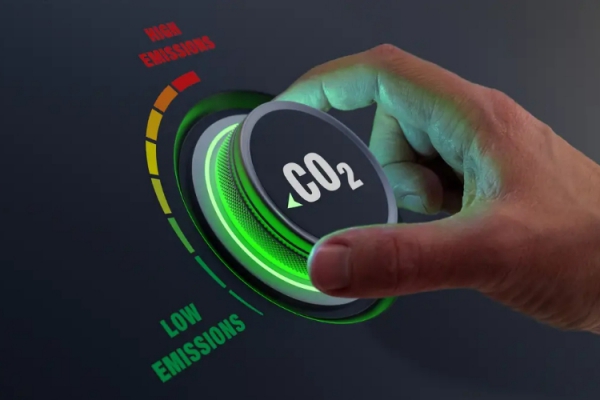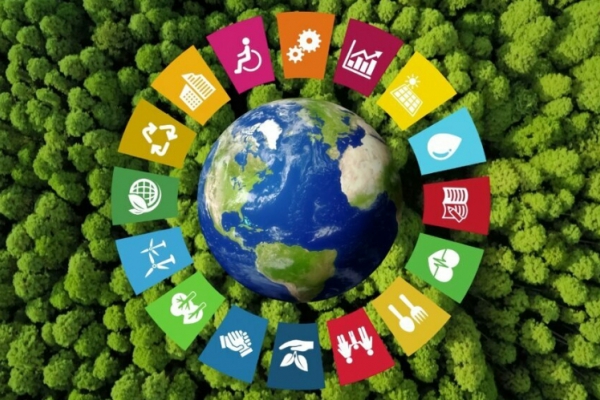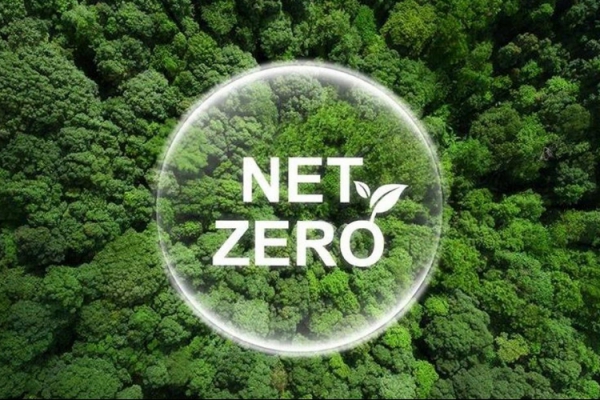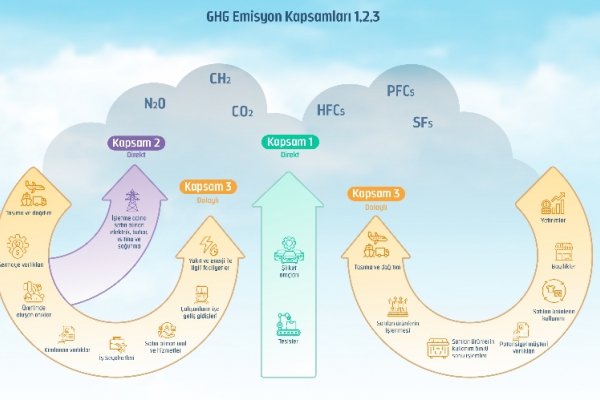What is Greenwashing?

In recent years, environmental sustainability has become increasingly important. Consumers care more about the environmental impact of the products and services they purchase. This has caused companies to increase their sustainability claims. However, it turns out that these claims are not always true.
Greenwashing is a marketing strategy used by companies to understate their environmental impact. This can be done intentionally or unintentionally.
Types of Greenwashing
Greenwashing can be done in a variety of ways. Some common examples are:
- Making excessive claims: Companies may make excessive claims to understate the environmental impacts of their products or services. For example, a company may claim that its products are "recyclable" but may not say that those products are actually difficult or expensive to recycle.
- Using false information: Companies may use false information about the environmental impacts of their products or services. For example, a company may claim that its products are "carbon neutral" but may not provide sufficient evidence to support that claim.
- Hiding unacceptable practices: Companies may hide unacceptable practices to support sustainability claims. For example, a company may claim to produce its products in an environmentally friendly manner, but may be dependent on fossil fuels to produce those products.
Harms of Green Destruction
Green destruction can cause various damages. These damages are:
- It harms sustainable brands: Greenwashing can harm truly sustainable brands. This may reduce consumer trust in these brands and reduce demand for sustainable products.
- Reduces consumer awareness: Greenwashing can reduce consumers' awareness of their environmental impact. This can make it difficult for consumers to make environmentally friendly decisions.
- Hinders the fight against climate change: Greenwashing can hinder the fight against climate change. This can lead companies to think they are more environmentally friendly than they actually are and fail to take the necessary actions to reduce greenhouse gas emissions.
What Can Be Done to Prevent Greenwashing?
Various measures can be taken to prevent greenwashing. These measures are:
- Raising consumer awareness: It is important to raise consumer awareness about greenwashing. This will help consumers evaluate sustainability claims more critically.
- Regulatory measures: Governments can take regulatory measures to prevent greenwashing. These measures may require companies to provide sufficient evidence to support their environmental claims.
- Sustainability standards: Sustainability standards can define specific requirements that companies must meet to support sustainability claims.
Conclusion
Greenwashing is a major issue for environmental sustainability. To prevent this problem, it is important to raise consumer awareness, take regulatory measures and develop sustainability standards.



 Start Now
Start Now



